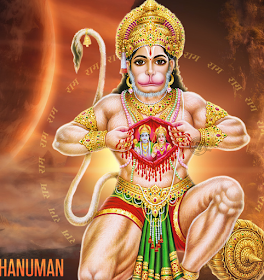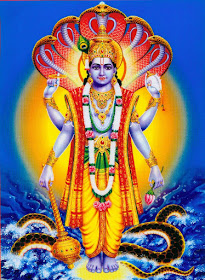Diwali or
Deepawali is the festival of lights. It illuminates our houses and hearts and
preaches the message of friendship and togetherness. Light is the depiction of
hope, success, knowledge and fortune and Diwali reinforces our faith in these
virtues of life.
In India, Diwali
is a five day long celebration that commences with 'Dhanteras' that is held on
the 13th lunar day of the Krishna paksha of the Indian month of Ashwina. It
ends with the celebration of Bhai duj that falls on the second lunar day of the
Shukla paksha of the Indian month of Kartik. According to the English calendar,
Diwali is usually celebrated in mid-November every year.



















